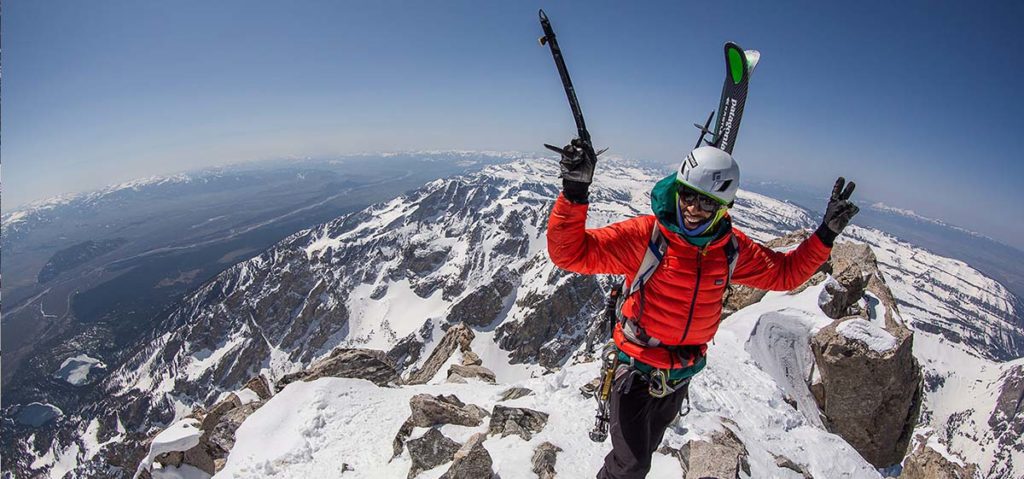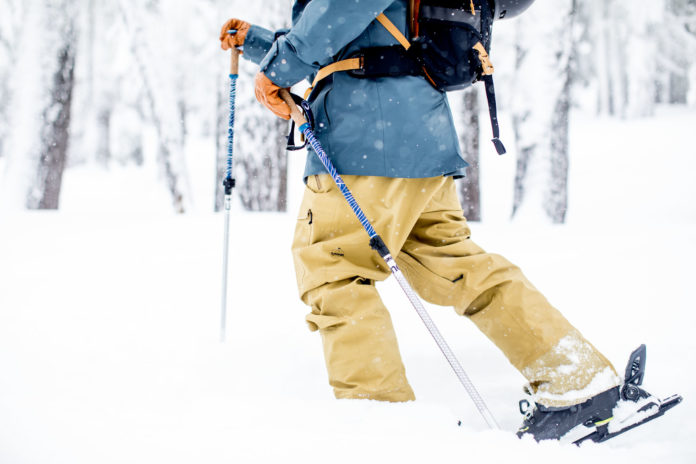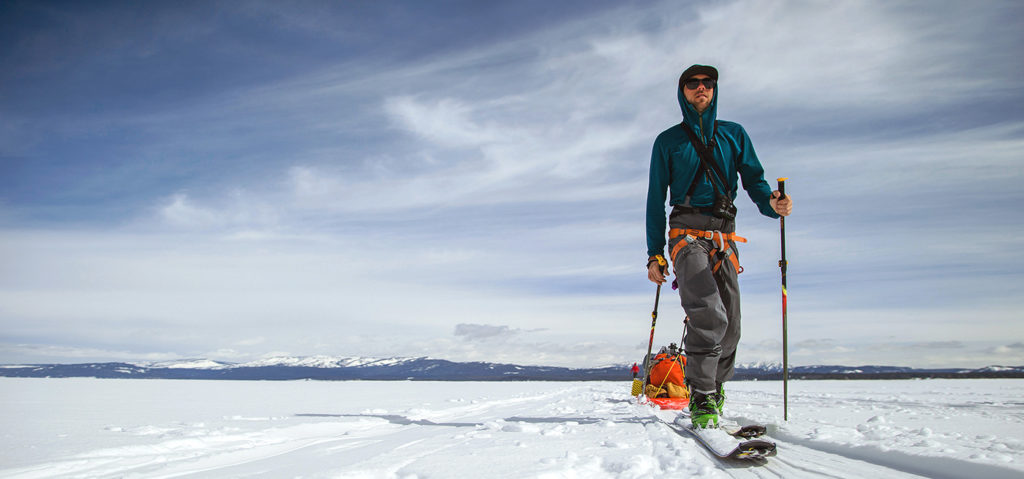Continuing on the same train of thought as Part 3 of the Backcountry beginners guide, Part 4 we will be looking at the different types of clothing that will help keep you safe and comfortable as you venture further and further out.
In terms of clothes that you need to go ski touring, there are none. All of your gear that you would normally use in the resort will work to an extent. In a similar vein to specialist hard goods, lighter weight and more technical clothing will be your friend as you spend more and more time in the Backcountry.
It’s especially important when ski touring to layer effectively in order to regulate your temperature. Each layer has a specific function and being able to individually add and remove each piece is essential for changing conditions.
Base Layer
Base Layers are important for all types of skiing, but most importantly for Backcountry because they are the main layer responsible for wicking sweat away from your skin. If you haven’t done a lot of skinning, know that it is sweaty work, especially in Spring when we all like to be out there.
It may seem counterintuitive but a lot of what you wear for ski touring and backcountry skiing is aimed at keeping you cool. In sunny Australian spring conditions, most of the time you will be in just your Base Layer with your Mid Layers and Shell in your pack.
Some things to think about of when looking for base layers:
- Light colours keep you cooler in the sun
- 3/4 Length pants stay clear of your boots
- Zip Necks allow you to dump heat more effectively
- Merino doesn’t smell as bad as Synthetic
- Hoods are great for preventing Sunburn on your neck
Outerwear
Having both your Jacket and Pants being a shell (no insulation) is an important factor when deciding on Outerwear for ski touring. Not only does that leave you with the flexibility of temperature regulation but they are also lighter and dry faster than their insulated cousins. Having gear that dries quickly is a perk that is largely overlooked but is very handy when its wet and you are trying to dry gear in a crowded backcountry hut.
Ventilation is super important in your outer layers, being waterproof they can’t offer the same breathability as your base and mid layers. In Pants, ventilation is your only method of regulating heat, as pulling your ski boots off to pulling a pair of long johns on or off is not an option. In Jackets, it is less important, but opening a zip under your armpit to cool down is much quicker than taking off a mid layer.
On your top half, it is recommended to go for a 3 layer system. A Base Layer for wicking sweat away from your body, a Mid layer (or two) for Warmth, and an Outer Layer for protection from the elements. That way you can shed the mid layer in warm conditions and add it back when transitioning or hanging out for sunset.
Other things to consider:
- Check how the pockets interact with your pack straps. Well designed BC Jackets have their pockets strategically located to stay clear of pack straps and harnesses
- Gore-Tex is the gold standard for Waterproofing, if your outerwear isn’t Gore-tex, test it out in trying conditions before taking it deep into the BC
- Softshell options are great for mobility and breathability but won’t keep you as protected in nasty conditions. In Australia, you should always have a Hardshell handy in case conditions deteriorate
Mid Layers
Mid Layers seem to baffle most Australian skiers. The idea of spending $300 for a jacket to wear under your $500 shell seems weird when you can just buy a $500 insulated jacket that does it all. However, once you go to a layered system you will never go back. The benefits of comfort, warmth, versatility and overall performance are huge.
Down has long been the standard insulating material for backcountry use. For the most part, it packs the smallest, provides the most warmth and is the lightest. A technical down jacket should be the first mid-layer that anyone venturing into the backcountry should own.

Synthetics have come a long way in recent years. Pieces like the Patagonia Nano Air and Nano Puff definitely have functionality that surpasses down in certain circumstances. Neither would be as warm as a good down piece, but they are both warmer than down when wet.
Considerations:
- Layering 2 lighter weight Puffies is often better than 1 heavyweight one
- Hooded Mid layers are great for warmth but get annoying trying to get them to sit comfortably under shells
- At a bare minimum, Fleece is better than Cotton





